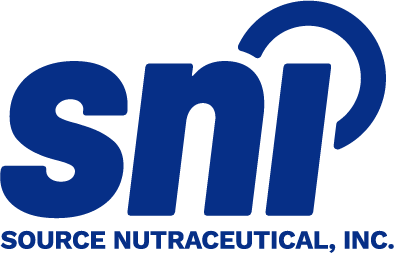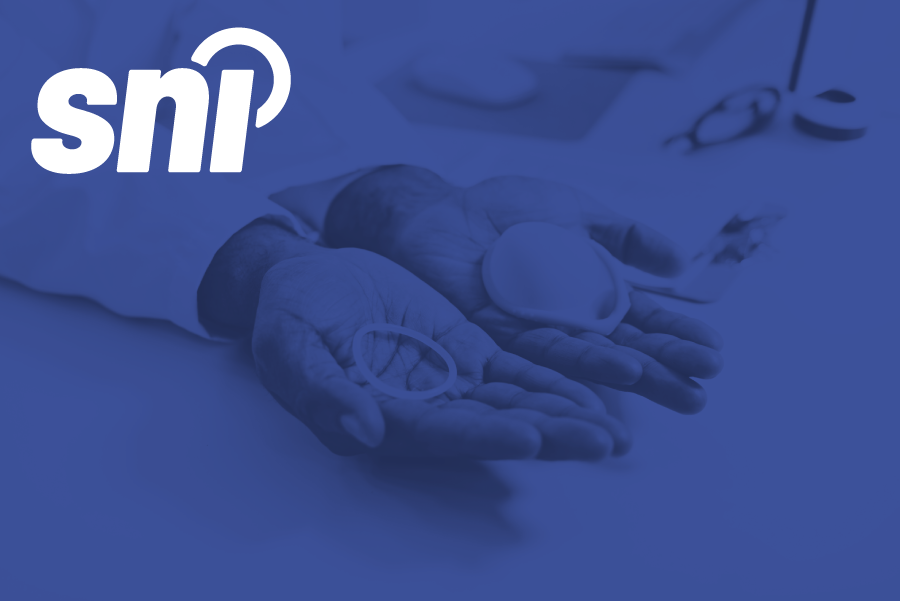The licensing pathway for contraceptive products in Canada can be complex, particularly for manufacturers and importers aiming to introduce new products or expand existing lines. One of the main challenges is the lack of clear, consolidated guidance that explains how different types of contraceptives are regulated under Canadian law.

Hormonal contraceptives, such as birth control pills and patches, are classified as prescription drugs and are subject to drug-specific requirements. Emergency contraceptives, depending on their formulation and intended use, may be classified as non-prescription drugs and follow a different set of rules for access and labelling. Physical barrier methods and contraceptive devices, including condoms, intrauterine devices (IUDs), diaphragms, and sponges, fall under the medical device category and are regulated through a separate pathway.
Each category comes with its own set of licensing steps, evidence requirements, labelling standards, and post-market obligations. This blog focuses specifically on contraceptive products that are considered medical devices and outlines the process manufacturers and importers must follow to bring these products to the Canadian market in full compliance with Health Canada’s regulations.
Classification & Risk-Based Regulation

Health Canada classifies medical devices into four risk-based categories: Class I, II, III, and IV. This classification determines the level of regulatory scrutiny a product must undergo before it can be legally sold in Canada. Class I devices pose the lowest risk to users and are subject to fewer regulatory controls, while Class IV devices carry the highest risk and require the most rigorous assessment, including extensive clinical evidence and quality documentation.

Most contraceptive medical devices fall into Class II or III, depending on their intended use, how long they remain in the body, and how invasive they are. For example, barrier methods like male and female condoms, diaphragms, and contraceptive sponges are generally considered Class II devices. These are often single-use products with minimal or no penetration into the body, and many are available over the counter. Class II devices require a Medical Device Licence Application (MDLA) and supporting evidence related to safety, effectiveness, labelling, and manufacturing quality.

In contrast, intrauterine devices (IUDs), both copper and hormonal, are classified as Class III devices. These are surgically invasive, remain in the body for extended periods, and are prescription-only. As a result, they require more detailed evidence, including clinical data, as well as a more comprehensive review by Health Canada. Class III devices also trigger heightened post-market monitoring and documentation obligations.
| Device Type | Class |
|---|---|
| Copper IUD | III |
| Hormonal IUD | III |
| Male condoms | II |
| Female condoms | II |
| Diaphragms/Caps | II |
| Contraceptive sponge | II |
Understanding your product’s classification is a foundational step. It shapes everything that follows – from what evidence you need to submit, to how your product must be labelled, to what post-market obligations you are responsible for. Making the right classification determination early in the process can help you plan timelines, manage compliance costs, and avoid delays during review.
Health Canada’s Licensing Process for Medical Devices
Bringing a contraceptive medical device to market in Canada involves several defined stages. Here’s what to expect:
Pre-Submission Phase
The first step is to confirm the intended use and classification of your product. Accurate classification is essential, as it determines the level of evidence and type of medical device licence required.

Manufacturers should begin gathering technical documentation that defines the product’s mechanism of action, physical specifications, design features, risk mitigation measures, and quality system procedures. For Class III devices, this often includes biocompatibility, sterility, and shelf-life data.
At this stage, Health Canada encourages applicants to request a pre-submission meeting. While not mandatory, this meeting can provide valuable feedback on your proposed clinical evidence, labelling, and technical approach. Early engagement with regulators can prevent costly delays later in the process and help clarify expectations.
Clinical and Technical Evidence
The required level of supporting evidence depends on the device’s risk classification:
Class II devices (e.g., condoms, sponges, diaphragms): typically, do not require new clinical trials if there is sufficient literature, real-world performance data, and established equivalence to already licensed products. Manufacturers must still provide proof of safety and effectiveness, often through performance testing, risk assessments, and usability studies.
Class III devices (e.g., IUDs): require more robust documentation, including clinical trial data. This evidence must demonstrate both short- and long-term safety and contraceptive efficacy under real-use conditions. Health Canada also considers user compliance, potential side effects, contraindications, and comparative performance to similar licensed devices.
As explained in the Guidance for Clinical Evidence Requirements for Medical Devices, clinical studies must comply with Good Clinical Practices (GCP), and for foreign clinical data to be accepted, it must be relevant to the Canadian population or justified accordingly.
Preparing the Application
To market a Class II, III, or IV device, manufacturers must submit a Medical Device Licence Application (MDLA) through the Device Licensing Services Division. Each application must include:
- A completed Application Form (Health Canada Form 3011)
- A detailed device description and intended use of the medical device
- Instructions for Use (IFU) and package labelling in both English and French
- Evidence of safety and effectiveness (clinical or non-clinical)
- Proof of an ISO 13485-certified Quality Management System (mandatory for Class II-IV devices)
- Risk management documentation in line with ISO 14971
- For Class I devices, an MDLA is not required. Instead, companies must obtain a Medical Device Establishment Licence (MDEL) if they manufacture, import, or distribute these products in Canada. However, it is unlikely that most contraceptive devices fall under this category. On the contrary, sexual wellness products (e.g. lubricants, fertility monitors, etc.) sometimes fall under the Class I category.
Health Canada Review
Once submitted, Health Canada reviews the MDLA to determine whether the product meets the requirements of the Medical Devices Regulations under the Food and Drugs Act.

Class II submissions undergo an administrative and technical screening and are typically reviewed within 15 calendar days, provided the application is complete and compliant. However, delays can occur if deficiencies are identified

Class III submissions receive a more detailed scientific and clinical review. Health Canada evaluates the validity of the clinical data, checks for alignment with international standards, and may request additional information (via a “Request for Additional Information” or RFAI). Health Canada aims to complete Class III reviews within 75 calendar days, excluding any pauses for information requests. Complex or incomplete submissions may extend this timeframe.
Active communication with Health Canada during the review process is essential. Timely and complete responses to Requests for Additional Information (RFAIs) can help avoid unnecessary delays in approval. To support a smooth review, it is important that the submitted application is well-prepared, meets all regulatory requirements, and presents a clear and comprehensive overview of the medical device and its intended use. The application must include sufficient, well-organized evidence to demonstrate the product’s safety, effectiveness, and overall quality.
At SNI, we specialize in helping manufacturers and importers navigate the complexities of medical device licensing in Canada. Our regulatory team prepares submission-ready applications, reviews supporting evidence for completeness, and supports you in responding to Health Canada inquiries efficiently and confidently. Whether you’re launching a new contraceptive device or adapting an existing product for the Canadian market, we’re here to help you bring your innovation to market compliantly and without delay.
What Happens After You’re Licensed?
Establishment Licence (MDEL)

All manufacturers, importers, and distributors of Class I–IV medical devices must hold a valid Medical Device Establishment Licence (MDEL), which demonstrates compliance with the applicable quality management system requirements and readiness for Health Canada inspection.
It is important to note that a manufacturer of Class II–IV devices selling directly to end-users from within Canada may not require an MDEL, provided they hold a valid Medical Device Licence (MDL) and do not engage in importation or distribution through third parties.
Labelling Requirements
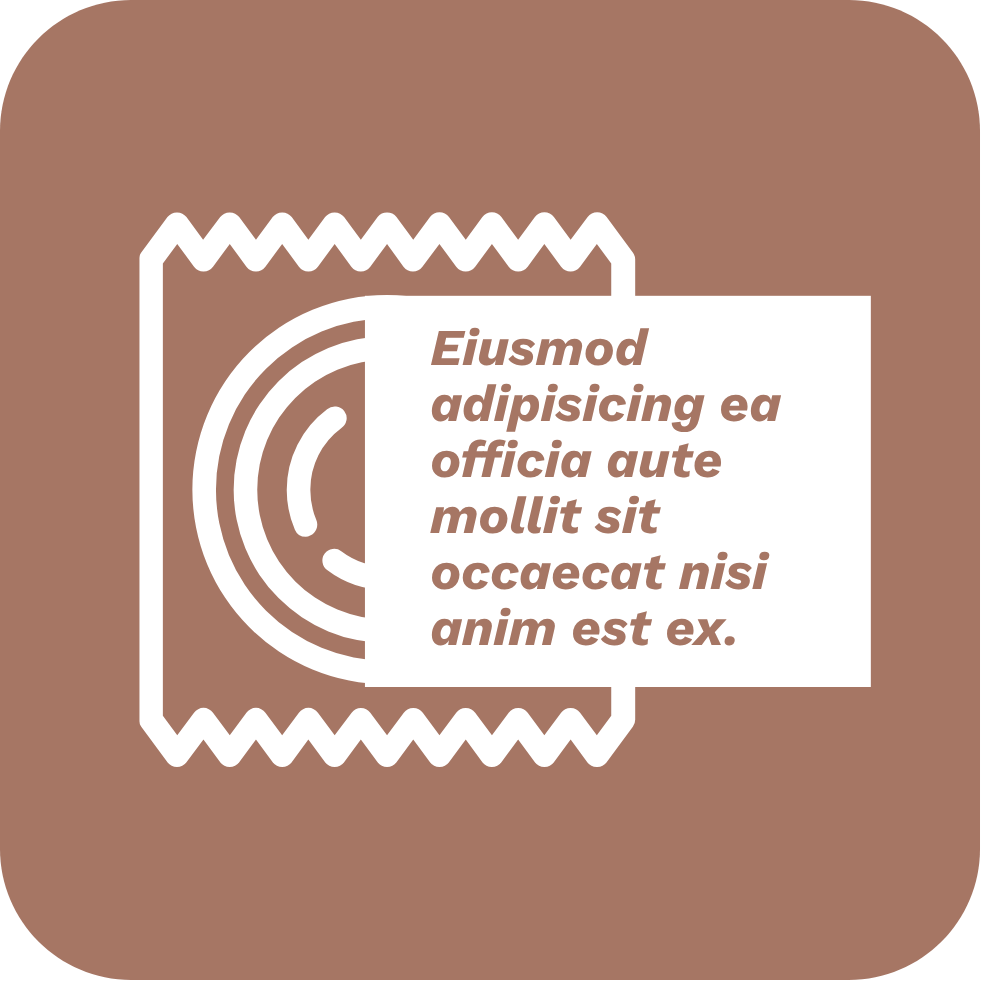
Medical device labelling in Canada must comply with the detailed specifications outlined in Section 21 of the Medical Devices Regulations. These labelling rules are designed to ensure that both healthcare professionals and end users can easily understand how to use a device safely, effectively, and as intended. Proper labelling plays a key role in risk mitigation and is a critical factor in the success and compliance of a product in the Canadian market.
To be considered compliant, all medical devices sold or imported into Canada must include labelling that meets the following criteria:
Bilingual (English and French): All text must be provided in both official languages to ensure accessibility across all provinces and territories in Canada.
Device Name: The label must display the proper name of the device, clearly identifying what it is to avoid confusion with other products.
Manufacturer Information: The name and full address of the manufacturer must be included so that the product’s origin can be verified and traced if needed.
Device Identifier: A unique identifier must be shown on the label, including identifiers for any devices that are part of a system, test kit, group, or family grouping. This allows for precise identification of components and variations.
Control Number (for Class III and IV): These higher-risk devices must include a control or lot number to facilitate traceability in the event of adverse events, recalls, or quality issues.
Content Description: If the contents of the package are not immediately apparent (e.g., through a window or transparent packaging), the label must specify what is inside, including size, weight, volume, or unit count. This ensures users can verify what they are using before opening or using the product.
Sterility Statement: If the product is intended to be sold in a sterile condition, it must be clearly labelled as “Sterile.” This is critical for devices that come into contact with internal tissues or mucous membranes.
Expiry Date: If applicable, the label must indicate an expiry date, determined by the component with the shortest expected useful life. This helps prevent use of degraded or unsafe products.
Indications and Performance Specifications: Unless it is self-evident to the intended user, the label must outline the medical conditions the device is intended to address, its uses, and key performance features necessary for proper function.
Directions for Use: Clear, step-by-step instructions must be provided unless they are not required for the device to be used safely and effectively. For most contraceptive devices, these directions are critical for proper use and efficacy.
Special Storage Conditions: Any specific handling or storage requirements, such as temperature or humidity conditions, must be prominently stated to ensure product stability and integrity until point of use.
In addition to these content-specific requirements, presentation of the information must also meet the technical requirements. All information must be:
Legible and permanent: resistant to fading, smudging, or peeling
Prominently displayed: not hidden or obscured by packaging elements
Written in plain, user-friendly language: accessible to both healthcare professionals and the general public
Additional Labelling Considerations for Higher-Risk Devices
For Class III and IV devices, which include most intrauterine devices (IUDs), the bar is even higher. Labels must be detailed enough to support traceability, include batch or serial numbers, and ensure users fully understand how and when to use the device. The presence of accurate labelling is especially critical for devices intended for long-term implantation or repeated use.
Inadequate labelling is a common cause of compliance failures and can lead to product recalls, import refusals, or negative outcomes for users. For contraceptive medical devices, proper labelling helps protect against misuse, enhances trust, and supports broader public health goals.
Advertising Rules
Advertising contraceptive medical devices in Canada is governed by strict regulations to ensure public messaging is accurate, responsible, and supported by scientific evidence.
Over-the-counter contraceptive devices, such as condoms, sponges, and diaphragms, may be advertised to the general public, but only within specific parameters. For example, condoms can be promoted as reducing the risk of sexually transmitted disease transmission, but not as offering absolute protection. Any advertising must align with Health Canada’s broader requirements around truthful and non-misleading claims.
Prescription-only contraceptive devices, such as intrauterine devices (IUDs), cannot be advertised to the general public. These higher-risk, Class III devices are restricted to healthcare provider-focused communications and must follow additional advertising guidelines. Promotional messaging for these products should be based on clinical data and tailored for a professional audience, avoiding any direct-to-consumer marketing strategies.
In all cases, companies must avoid prohibited advertising methods, such as distributing samples door-to-door or by mail. Promotional content must be carefully reviewed for regulatory compliance, particularly for dual-market campaigns spanning both Canada and the United States. A cautious, well-informed approach to advertising helps protect consumer safety, supports brand credibility, and reduces the risk of regulatory enforcement.
Post-Market Obligations
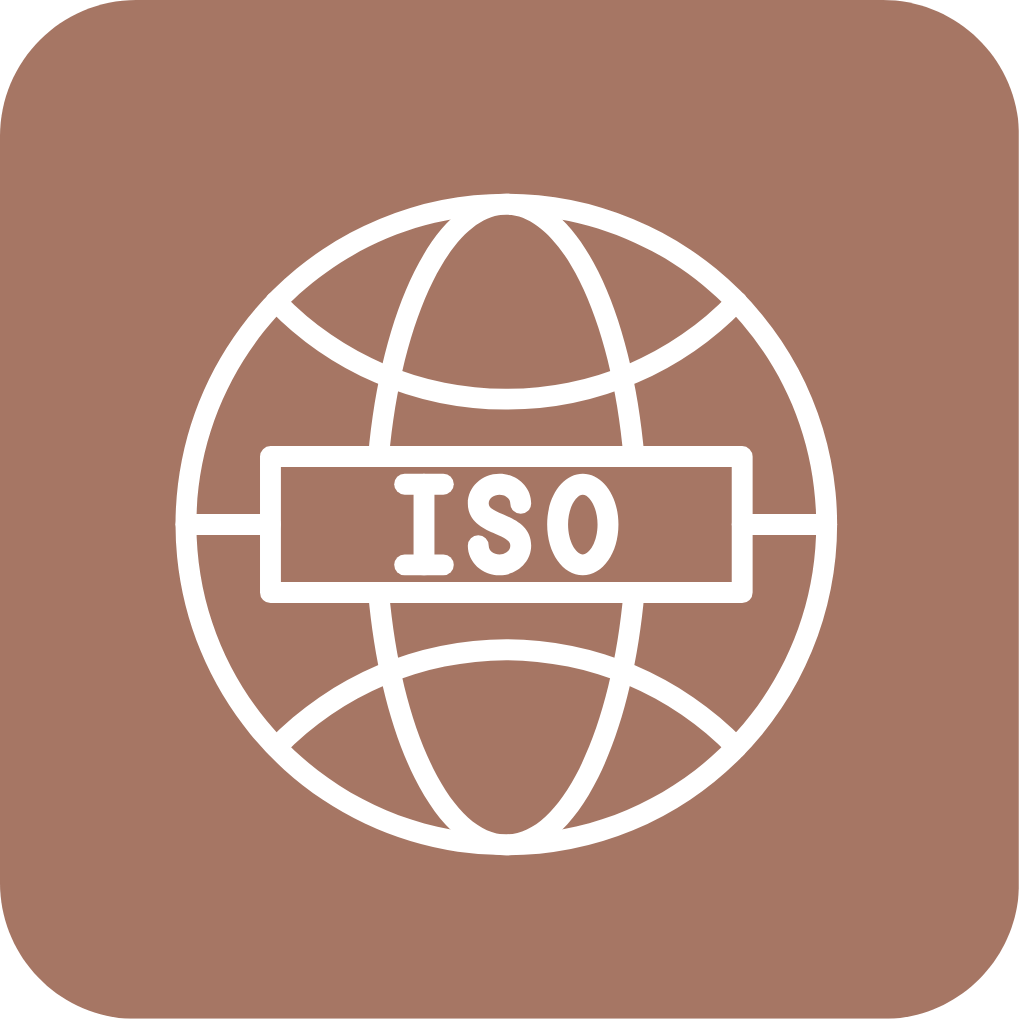
Obtaining a medical device licence is only the beginning. After approval, companies must maintain ongoing compliance through a structured post-market system. This includes monitoring and reporting any adverse events that could result in serious injury or death, maintaining an ISO 13485 quality management system, and conducting regular internal audits. Records of product performance, field complaints, and corrective actions must be kept up to date and readily accessible in the event of an inspection.

In addition, manufacturers, importers, and distributors are required to renew both their Medical Device Licences and Establishment Licences each year. These renewals confirm continued compliance with Health Canada’s regulatory requirements and involve submitting updated information and applicable fees. A proactive approach to post-market compliance not only supports regulatory obligations but also reinforces product safety, user trust, and long-term success in the Canadian marketplace.
What About Hormonal or Emergency Contraceptives?
Hormonal and emergency contraceptive products in Canada are regulated under different frameworks depending on their classification and route of administration:
Hormonal contraceptives, including pills, patches, injections, and vaginal rings, are regulated as prescription drugs under the Food and Drug Regulations. These products require a Drug Identification Number (DIN) and must undergo a rigorous review process, including clinical data to demonstrate safety, efficacy, and quality. They are only available to consumers through a healthcare provider.
Emergency contraceptives, such as levonorgestrel-based products (e.g., Plan B), are classified as non-prescription drugs and may be sold over the counter in pharmacies. These products are still subject to specific requirements related to labelling, formulation, packaging, and post-market surveillance, and are regulated by Health Canada’s Non-prescription and Natural Health Products Directorate.
Each category comes with its own regulatory requirements, timelines, and marketing limitations. Detailed guidance on these pathways will be explored in upcoming blog posts.
Final Remarks
Successfully bringing a contraceptive medical device to market in Canada requires a firm understanding of the regulatory landscape, from risk classification to labelling and post-market compliance. With clearly defined expectations for each step of the licensing process, Health Canada prioritizes the safety, effectiveness, and quality of all contraceptive products available to Canadian consumers. By investing in a compliant submission strategy and maintaining strong internal systems, companies can reduce approval timelines and position themselves for long-term success in a highly regulated space.
Whether you’re launching a new device or expanding your existing product line, aligning with Canadian regulatory requirements from the outset is essential. With careful planning, accurate documentation, and a proactive approach to communication, manufacturers and importers can navigate the process with confidence. For those seeking expert support, SNI offers regulatory guidance tailored to the unique needs of the contraceptive device category, helping you move forward with clarity, compliance, and market readiness!
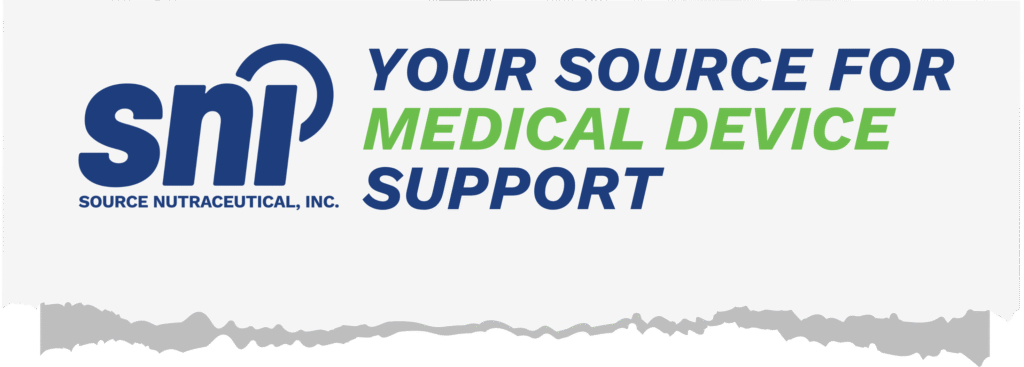
Bringing a contraceptive product to market? Let us take the guesswork out of the process.
Navigating Health Canada’s regulatory landscape can be time-consuming and complex, but it doesn’t have to be. Our team of regulatory and clinical experts specializes in contraceptive product licensing and compliance, helping you avoid costly delays and confusion. We translate fragmented regulatory requirements into a clear, streamlined strategy that gets your product to market faster and with confidence.
Partner with us and focus on what you do best, and we’ll handle the rest!
🩺 More about our services here.
💡 Compliance is easy with the right support!
📩 info@sourcenutra.com
⬇️ Send us a request for support or an introductory call
FAQ:
What classes of contraceptive devices require a Medical Device Licence?
Most contraceptive medical devices fall under Class II or Class III, depending on their level of risk. Barrier methods like condoms, diaphragms, and sponges are typically Class II and require a Medical Device Licence (MDL). Intrauterine devices (IUDs) are classified as Class III and also require an MDL. Class I devices do not require an MDL, but it’s rare for contraceptive products to fall into this category.
What is a Medical Device Establishment Licence (MDEL) and who needs it?
An MDEL is required for any company that manufactures, imports, or distributes medical devices in Canada. This includes contraceptive devices of all classes. Even if a device itself doesn’t require an MDL, the company still needs an MDEL to operate legally in the Canadian market.
How long does the review process take for contraceptive device licensing?
The review timelines depend on the device class. Class II applications are typically reviewed within 15 calendar days, while Class III applications take approximately 75 calendar days. However, if Health Canada requests additional information, this can extend the timeline, especially for higher-risk devices like IUDs.
What documentation is required when submitting a Medical Device Licence Application?
A complete application includes the Health Canada application form, a detailed device description, the intended use, Instructions for Use (IFU), bilingual labelling, clinical and/or safety evidence, ISO 13485 certification, and documentation showing compliance with ISO 14971 risk management standards.
What are the main post-market obligations after obtaining a licence?
After approval, Health Canada expects companies to maintain ISO 13485 compliant quality systems. This includes monitoring and reporting adverse events, retaining records of complaints and performance data, and renewing both the Medical Device Licence (MDL) and the Medical Device Establishment Licence (MDEL) annually.
While internal audits are commonly conducted as part of ongoing quality system maintenance, it should be clarified that they are a requirement under ISO 13485 and not a standalone mandate issued by Health Canada.
